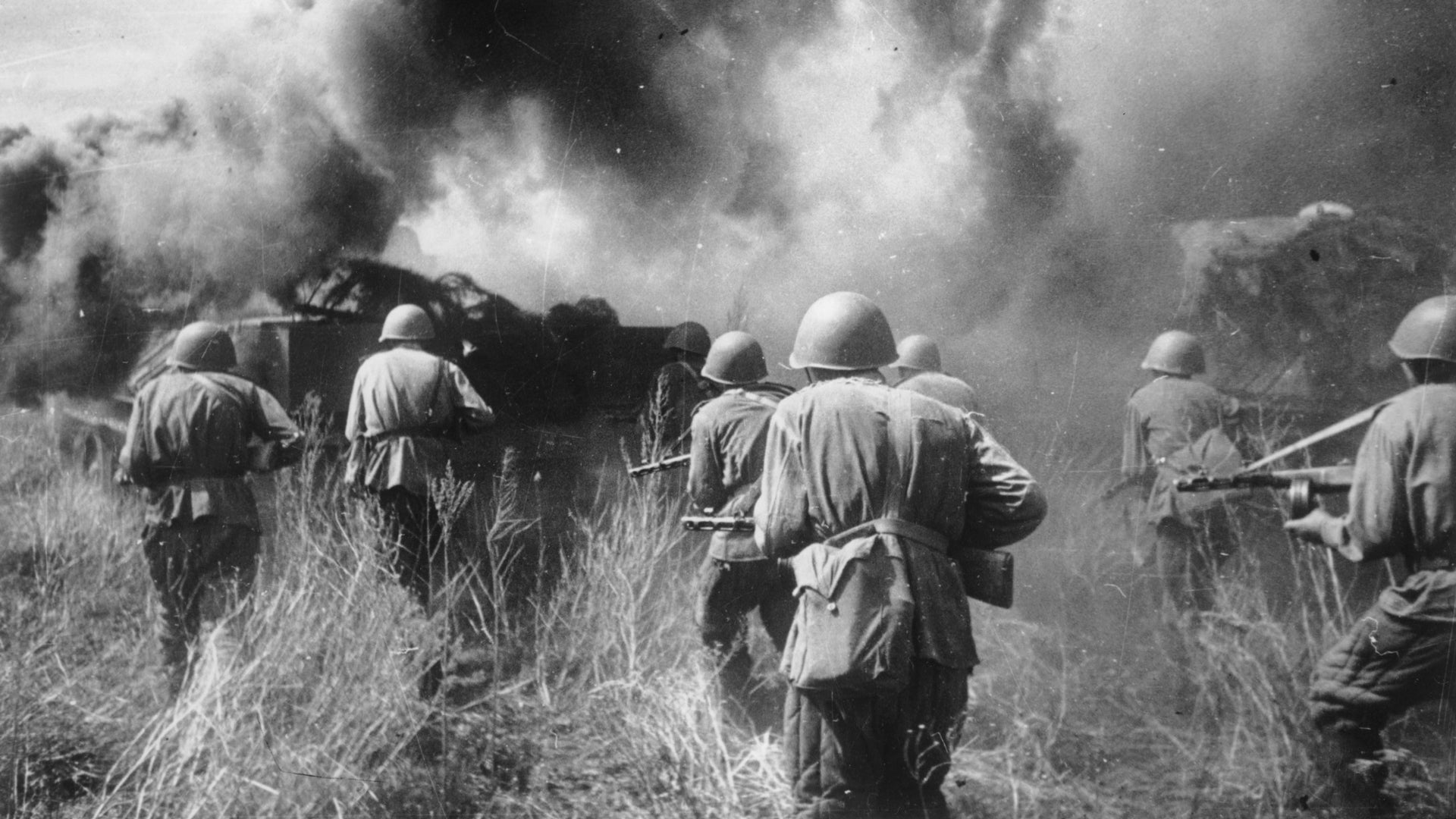
How World War II Revolutionized Modern Warfare and Geopolitics: Lasting Impacts on Contemporary Strategies
The devastating consequences of World War II not only had a profound impact on the world’s politics, economies, and societies but also left an indelible mark on the environment. As the world continues to grapple with the complexities of modern warfare, it is essential to examine the historical context of environmental degradation caused by past conflicts. This essay will explore the environmental impact of World War II and its lasting effects on modern warfare.
The war effort required massive resources, leading to widespread deforestation, destruction of natural habitats, and pollution. The Allied forces’ use of napalm, a flammable gel-like substance, to clear jungle areas and destroy enemy positions, had devastating effects on the environment. The chemical agents used in warfare, such as mustard gas and sarin, contaminated soil and water, affecting ecosystems and wildlife for generations to come.
The war also led to the displacement of millions of people, resulting in the destruction of homes, infrastructure, and agricultural land. The displaced populations often found themselves in refugee camps, struggling to survive with limited resources. This led to further environmental degradation, as forests were cleared for shelter construction, and natural resources were exploited to meet basic needs.
The environmental impact of World War II was not limited to the battlefields. The war effort required massive amounts of energy, which was often generated through fossil fuels, leading to increased greenhouse gas emissions. The war also disrupted international trade, leading to shortages of essential resources, including food and medicine.
The environmental consequences of World War II have had a lasting impact on modern warfare. The use of chemical agents and other destructive technologies has become more widespread, leading to increased environmental degradation. The ongoing conflict in Ukraine, for example, has seen the use of cluster munitions, which have contaminated agricultural land and posed a significant threat to human health.
In recent years, there has been a growing recognition of the importance of environmental sustainability in modern warfare. The development of green technologies and alternative energy sources has become a key area of focus, as nations seek to reduce their environmental footprint. The use of drones and other unmanned aerial vehicles has also reduced the need for ground troops, minimizing the environmental impact of conflict.
However, despite these efforts, the environmental impact of modern warfare remains a significant concern. The ongoing conflict in Ukraine, for example, has seen reports of widespread pollution, including the release of toxic chemicals and waste. The conflict in Syria has also had a devastating impact on the environment, with reports of widespread destruction of infrastructure, agriculture, and natural habitats.
In conclusion, the environmental impact of World War II has had a lasting impact on modern warfare. The devastating consequences of the war, including widespread destruction, displacement, and pollution, have continued to shape the environmental landscape of modern conflict. As nations continue to grapple with the complexities of modern warfare, it is essential that they prioritize environmental sustainability and take steps to reduce the environmental impact of conflict.
References:
* “The Environmental Impact of War” by the International Committee of the Red Cross
* “War and the Environment” by the United Nations Environment Programme
* “The Impact of World War II on the Environment” by the National Geographic
* “The Environmental Consequences of War” by the Environmental Protection Agency
* “The Intersection of War and Environment” by the Journal of Environmental Studies


